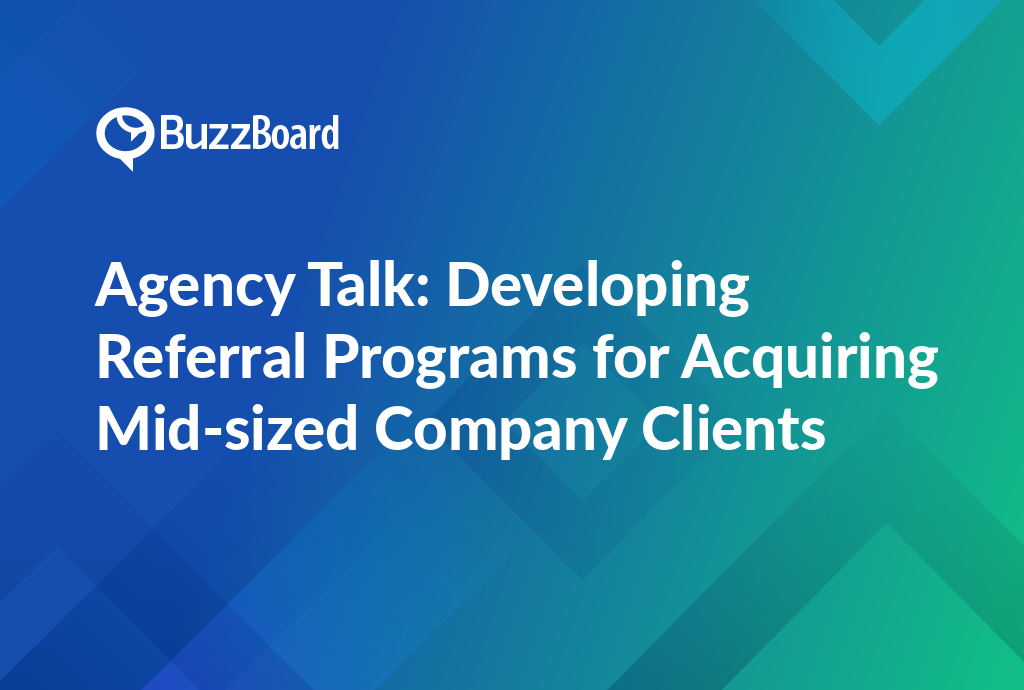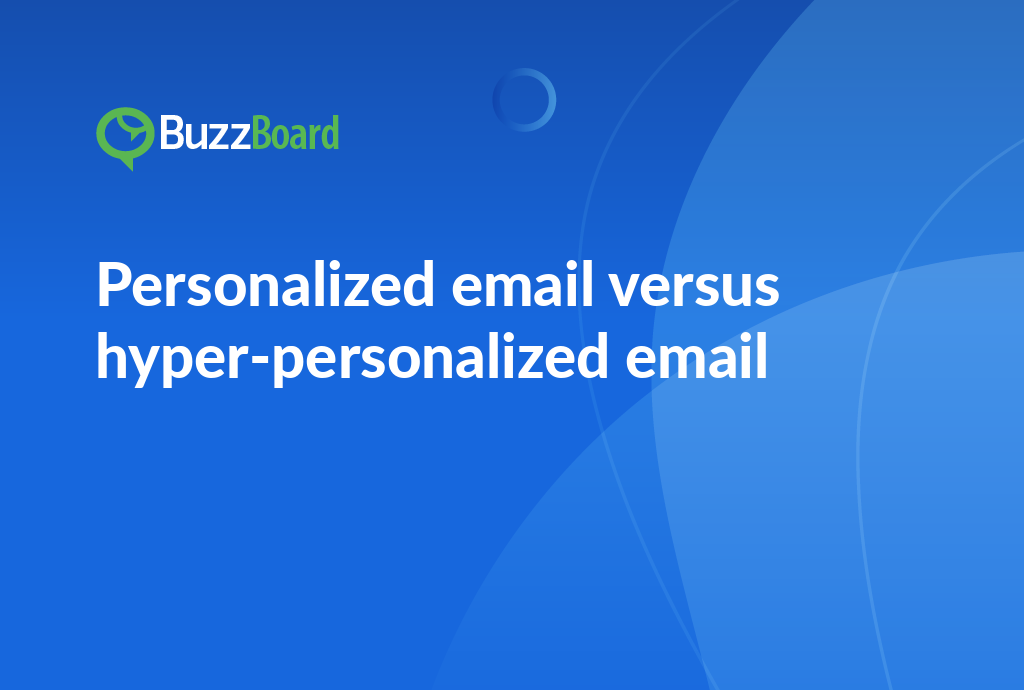Analyze How Developing Referral Programs Could Be a Significant Move for Digital Marketing Agencies Aimed at Acquiring Mid-Sized Company Clients
Referral programs have long been recognized as a valuable customer acquisition technique, particularly for digital marketing agencies seeking to attract larger, mid-sized company clients.
Successful referrals act as a form of word-of-mouth marketing, facilitated by your existing clientele. They aid in the quick acquisition of mid-sized company clients who may possess substantial marketing budgets and are in search of a reliable agency with a solid recommendation.
Considering their high growth potential, developing referral programs should be an integral part of any agency growth strategy, especially when pursuing mid-sized clients. An effectively structured referral program acts as a win-win situation. It rewards your existing clients for their successful referrals while acquiring new accounts that bolster agency revenue.
However, it’s critical to carefully plan your referral program to ensure its effectiveness. Establish clear program parameters, make the referral process easy for clients, and offer incentives that genuinely motivate your clients to participate. Consider offering a discounted or exclusive service as a referral incentive, which also opens up up-selling opportunities.
The efficacy of referral programs lies in their ability to attract quality leads with a higher probability of conversion. This makes them instrumental in the strategic acquisition of mid-sized company clients.
Uncover Successful Examples of Referral Programs That Have Helped Agencies in Mid-Sized Client Acquisition
Developing referral programs to attract mid-sized company clients can be a game-changer for digital marketing agencies. The potency of strategic referrals and agency growth strategies lies within their relevance and effectiveness within the digital arena.
For example, Dropbox’s success story jumps to mind when discussing victorious referrals. Delving into Dropbox’s client acquisition strategy, we uncover how strategic referrals greatly bolstered their client base. By offering extra storage space as a referral bonus for both the referrer and the referred, Dropbox created a win-win situation, resulting in a 60% growth in mid-sized company client acquisitions.
These successful examples highlight the potential of referral programs in the acquisition of mid-sized company clients. Such programs not only engage current clients but also significantly elevate the chances of gaining new ones. Hence, investing in referral programs may be an essential aspect of agency growth strategies.
Agency Growth Strategies with a Specific Focus on the Implementation of Strategic Referrals
Digital marketing agencies can leverage strategic referrals, specifically creating referral programs for acquiring mid-sized companies, to stimulate agency growth. These programs utilize your current client base to attain new ones, targeting businesses that mirror your existing clients in size, capability, and needs. This ensures a more targeted and efficient approach for mid-sized client acquisition.
So, how do we facilitate successful referrals? The solution is in the value proposition. Existing clients must understand the benefits they’ll receive from referring your agency to their peers. Motivate them to become your agency ambassadors by offering discounted services, access to premium features, or other compelling incentives.
Simplifying the referral process is also crucial, and automation tools can be invaluable. They assist in tracking referrals, managing reward distribution, and maintaining an orderly system. One notable platform for referral marketing is ReferralCandy, designed to streamline referral marketing; it’s worthwhile to integrate into your agency growth strategy.
A well-crafted referral program can significantly aid your agency’s expansion. It does not only streamline client acquisition but also reinforces relationships with your current clientele. Remember, the key ingredients for a successful referral program are tangible incentives, simplified processes, and an efficient tracking system.
Explore more efficacious client acquisition strategies to ensure agency growth on our blog.
Potential Advantages and Benefits That Referral Programs Can Deliver When Targeting Mid-Sized Company Clients
Referral programs have emerged as powerful and effective growth strategies for agencies in recent years, especially for acquiring mid-sized company clients. For digital marketing agencies serving small and local businesses, crafting referral programs can notably enhance their client base and corporate reputation.
Speaking of successful referral strategies, it’s crucial to note that happy customers make outstanding brand advocates. A pleased client is more likely to endorse products or services to other businesses in their network, paving the path for fresh opportunities. Moreover, strategic referrals can shrink sales cycle durations, providing an efficient and economical method to stir business growth.
The benefits don’t stop there. Companies that skillfully implement and manage referral programs can expect a noticeable uptick in client loyalty and retention rates. When a client refers to a business, they’re affirming their allegiance and faithfulness to your brand, thereby amplifying your brand’s credibility and reputation.
Utilizing referral programs for mid-sized company client acquisition not only boosts business expansion but also aligns with the marketing goal of gaining new customers at lower costs. As marketing representatives, it’s crucial to adjust to changing market conditions and client needs, and referral programs are a key tool used in modern marketing strategies.
Provide a Step-By-Step Guide on Developing and Rolling Out Effective Referral Programs Targeted Towards Mid-Sized Company Clients
Referral programs are strategic channels for client acquisition in mid-sized companies and form integral parts of successful agency growth strategies. The development of referral programs for acquiring such clients involves a systematic procedure.
The first step in strategic referrals is identifying your target audience. Knowing their challenges, concerns, and needs will guide the entire program’s development. Craft a unique selling proposition that differentiates you from your competition and convinces clients to choose your services over others.
Once established, you need to outline the structure of your program. Set up the objectives, rewards, and criteria for the referrals. Successful referrals are those that mutually benefit all parties involved. Therefore, attractive rewards should appeal to both your existing clients and new prospects.
Next, it’s essential to promote your program using all marketing channels like emails and social media, and even personal introductions. Additionally, crucial milestones like post-sales service events offer the chance to introduce the program and showcase successful examples.
Regular testing and optimization of your program are necessary to ensure the achievement of the desired results. A well-monitored program can deliver insights and help refine your strategies. Make the required adjustments and iterate for success.
Finally, your program must make a lasting impression on clients. Well-implemented referral programs can not only boost acquisition rates but also cultivate long-term relations.








